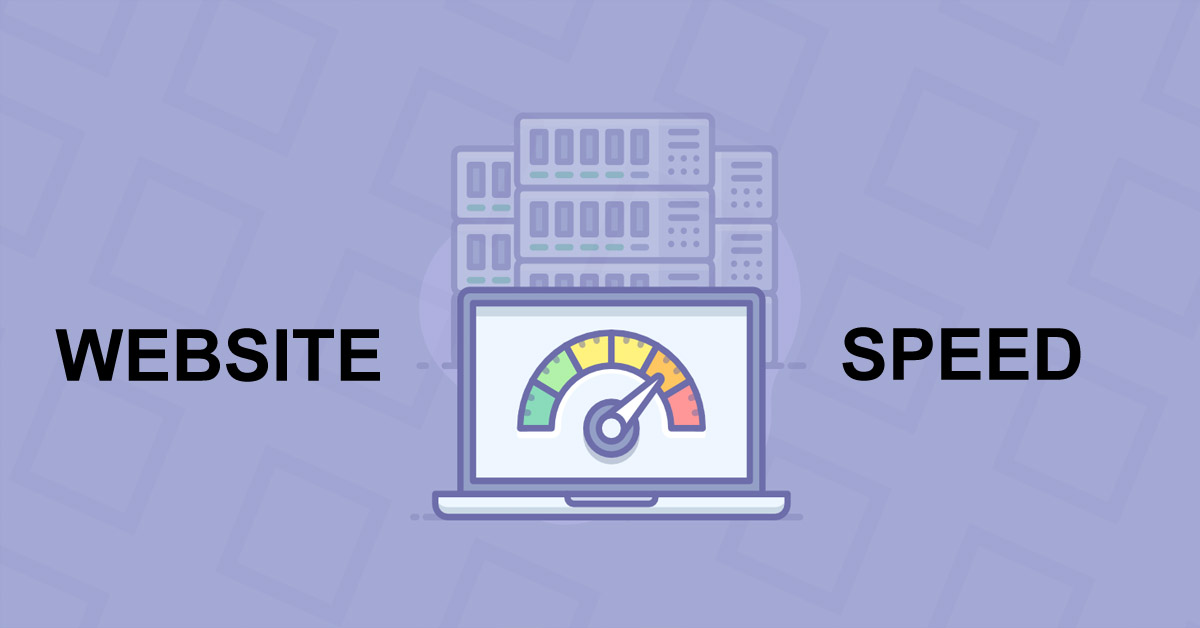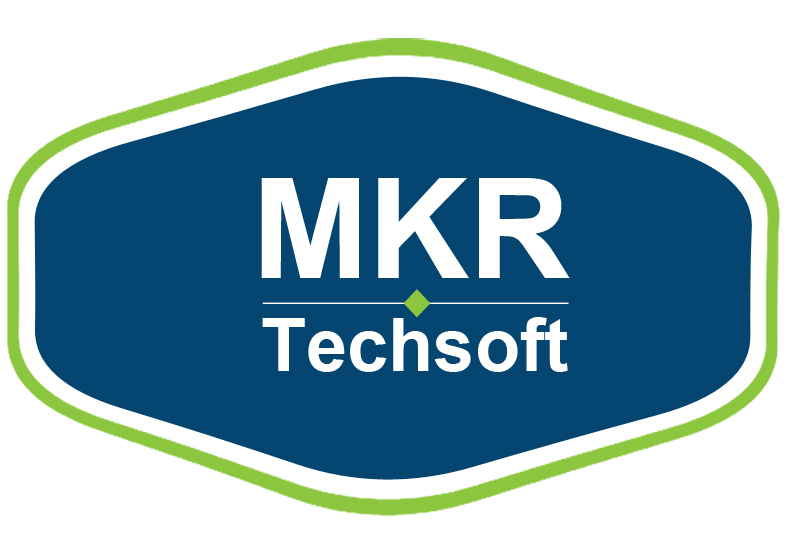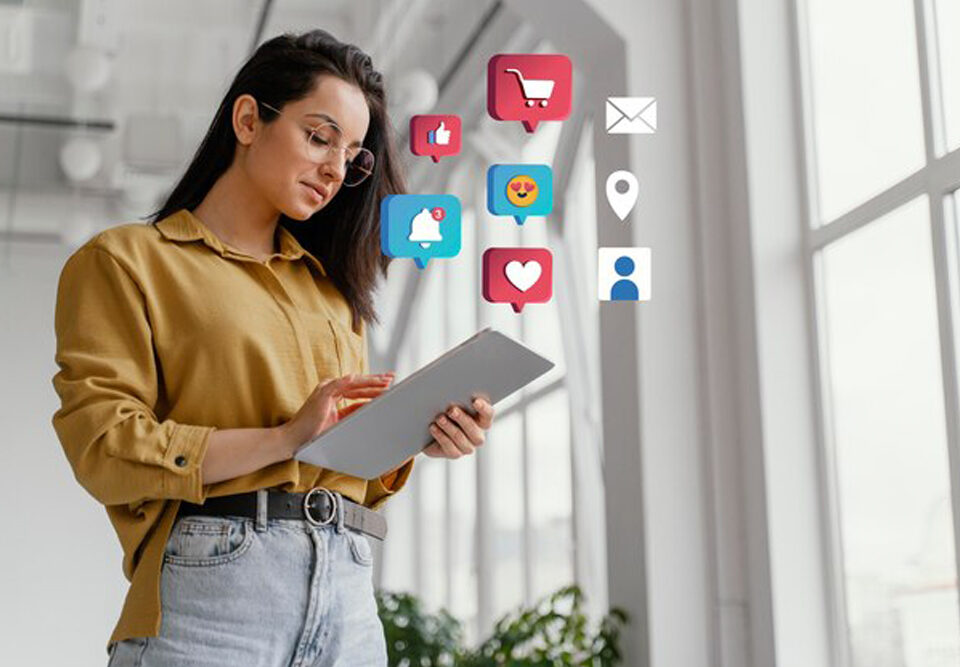In a planet where everybody’s struggling for importance in search, technical SEO is like an army knife you can utilize to improve your website’s crawlability, usability, indexation and eventually rankings.
But it’s simple to lose your bearings in the weeds though working with technical SEO fixes- lots of SEOs arrive at a point of decreasing returns where they continue making little changes that attain frustratingly little. That’s why it’s significant to know what to prioritize as well as how to achieve your goals.
This blog explores 3 key pillars you can concentrate on to make stronger your technical framework. However, although this blog only analyzes technical SEO best practices, please keep in mind that you cannot ignore your on-page SEO, for example, content creation and optimization, and off-page SEO, like link building if you would like your website to rank fine and compete for high-priority keywords.
1) Indexing and Crawlability

Google wants to index your website’s pages earlier than they come into view in the search. You can assist the search engine out by making sure that it’s able to find your key pages (ensuring they’re crawlable) and indexing them appropriately. This is SEO 101, but it’s a very important first step.
Make sure all important pages are indexed
You can ensure the indexation status of your site by entering site:domain.com in your target search engine, by an SEO crawling tool, otherwise logging into Google Search Console and then clicking on Google Index > Coverage.
If the figure of indexed URLs doesn’t equivalent the total number of URLs in your database that are unlocked for indexation, this may be symptomatic of duplicate URLs and URLs that include a noindex meta tag. You’ll have to make out the error and follow Google’s suggested fix steps.
Make sure all vital resources are crawlable
Robots.txt will provide you an at-a-glance suggestion of whether or not your vital pages are crawlable, but you may be facing an array of other problems that you require to watch out for:
- noindex meta tag
- Orphan pages (on-site pages that aren’t internally linked)
- X-Robot-Tag headers
Optimize your crawl budget
The total number of pages a search engine crawls on your site in a particular time is called your “crawl budget.” It’s not a ranking thing but estimating how often Google crawls and indexes your pages may facilitate you make out some technical sinkholes (and perhaps even discover pages that aren’t being crawled at all). Click on Crawl > Crawl Stats in your Google Search Console to check your every day crawl budget.
Some of the best ways to enhance your crawl budget organically take in:
- Get rid of duplicate content and pages.
- Fixing broken links and redirect chains.
- Restricting indexation of pages, for example, privacy policies, terms and conditions, and outdated promotions (in other words, pages with no SEO importance).
One more great technique to improve crawl budget is to raise your link profile, but that will take investment and time in your off-page SEO campaigns.
Use structured data
Schema markup gets better your CTR by giving users with a clear snapshot of what your company carries out (via rich snippets), and it assists search engines to increase a contextual understanding of your content. If you don’t have planned data set up for your pages, go to schema.org to find out how to review your snippets using Google’s Structured Data Testing Tool.
Keep in mind mobile-first indexing
We want to avoid improving too much familiar ground in this blog, and Barry Adams published a great mobile SERP survival guide a few months back, so we’ll add to his complete overview of mobile-first indexing by adding:
- Feature voice search into your keyword research (Google’s so-called “micro-moments” [.pdf])
- Consider the pros and cons of AMP pages while creating your content
- Consider whether lots of your mobile users are local and whether or not you have to flesh out your local SEO campaigns also
2) Structure and navigation of a site

Creating websites that are spontaneous and simple to navigate assists both bots and users explore your website and know its content. Flat site structural design, clear pagination, and a clean sitemap are just some of the fixes you can make to get better UX and crawlability of your website.
Go over your sitemap
Sitemaps assist search engines to find your website, let know search engines how your website is structured, and make it simple for them to find out fresh content. If you don’t have a sitemap, then its high-time you make one.
Keep your sitemap the latest, brief (must be under 50,000 URLs but should be shorter if possible), and free from redirects, errors, and blocked URLs. In addition, ensure your sitemap codes properly by using the W3C validator.
Check the internal linking structure
You want to be your click-depth as low as possible and fasten each internal link with text that clearly shows where it will send users. The clearer your navigation, the better search engines will recognize your site’s framework. Also, don’t forget to extract broken links and orphan pages.
Set up a logical hierarchy
Frequently speaking, the more clicks it takes to access an exacting piece of content from your homepage, the more in detail that content should be. Ideally, every essential page should be accessible within 3 clicks from the homepage (so long as they’re laid out logically and mapped to your ultimate user’s buyer’s way).
Ensure your hreflang tags
If your website includes hreflang tags to focus content for altered locations, you’d better ensure they’re error free. Last year, SEMrush exposed that 75 %of all websites contain at least one error in their hreflang implementation, resulting in misdirects, inaccurate content and lost rankings.
Make certain you frequently check and troubleshoot your implemented hreflangs, select the best implementation way for what you’re trying to get, generate hreflang code for every page and bring up to date your hreflang tags for the mobile version of your site (if needed).
3) Website speed

Cards on the desk: “site speed” is a small piece of a misnomer as there’s no magic button to make your website “go faster.” What you’re really doing is making small technical enhancements that get better user-centric metrics for instance time to the first content.
What makes these technical fixes so imperative is that you’re eventually getting better both your page speed and your Optimization Score – and while FCP/DCL metrics don’t at present impact ranking in any considerable method.
As well as, faster websites have lesser bounce rates and elevated conversion rates. There’s, in fact, no downside to optimizing your site and delivering quicker user experience.
Here’s the short and sweet version of the 9 advanced tips:
Enable compression
Remove unnecessary data at any time possible. When it’s not doable, use some tools to compress content and reduce the size of the file. Consider using altered techniques for different resources.
Limit redirects
Every page should contain no more than one redirect. When redirects should be used, employ 301 for permanent redirects and 302 for provisional redirects.
Reduce server reaction time period to less than 200ms
Making use of HTTP/2 can provide your website a performance boost and allowing OCSP stapling can speed up your TLS handshakes. You can also get better website speed by leveraging resource hints and by supporting both IPv6 and IPv4.
Build up a caching policy
Make use of browser caching to manage how and for how long a browser can cache a response (in accordance with Google’s optimal cache-control policy). Moreover, use Etags to enable proficient revalidations.
Minify resources
Employ minification to strip needless code from all of your possessions, with CSS, HTML, JavaScript, images, and videos.
Optimize CSS delivery
Just inline small CSS files to the HTML document (but don’t inline large CSS files or CSS attribute on HTML elements).
Optimize your images
Images account for 60% of the normal web page’s size. Some of the easier tips: choose the best raster formats for your images, remove needless image resources, and try to confirm that all images are compressed, resized, and scaled to fit for display sizes.
Keep on contained by the above-the-fold congestion window
Prioritize noticeable content by organizing HTML markup to rapidly render above-the-fold content. The size of that content shouldn’t go over 148kB (compressed). This is particularly essential for mobile users.
Eliminate render-blocking JavaScript above the fold
Defer non-critical scripts and 3rd party JavaScript libraries and inline critical scripts until after the fold to reduce rendering time. If you do contain JavaScript above the fold, mark your <script> tag as async to make sure that it is non-render blocking.
Conclusion
Currently that you have a facilitator to help you jump into the deep of technical SEO improvements, it’s time to start thinking on how you can apply SEO to optimize your link profiles and content, plus get better server-side latency. From migrating your site to an HTTPS domain to robust keyword research to optimizing H1 tags, there’s no last part to the enhancements you can create.


















